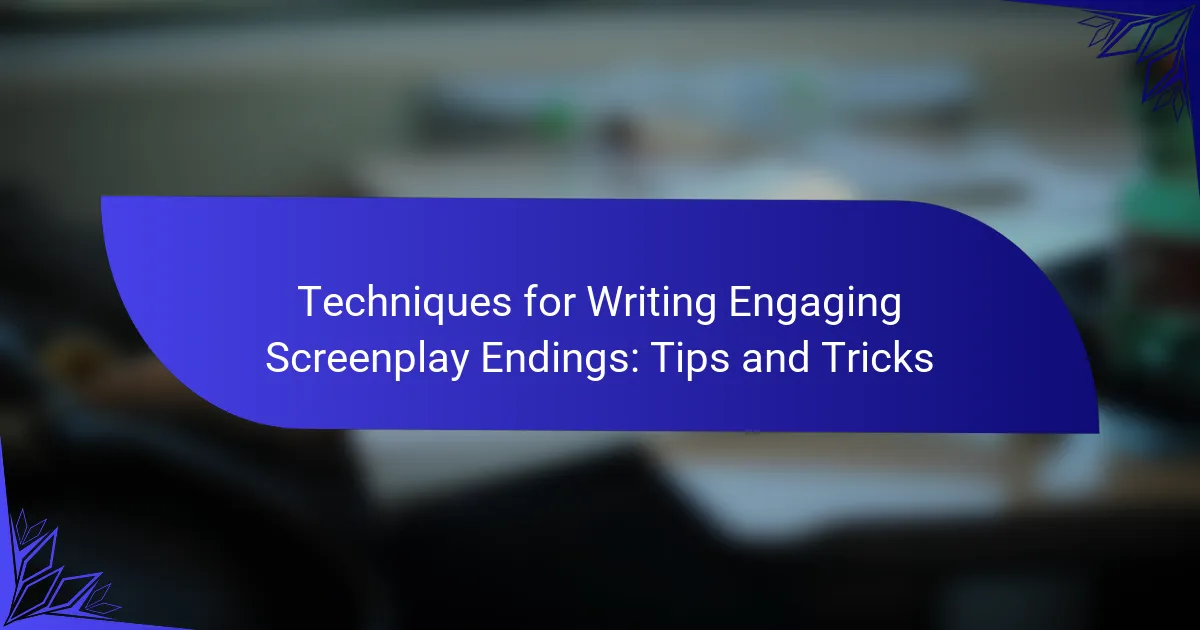Engaging screenplay endings are characterized by resolution, emotional impact, and thematic closure. These elements ensure that the main plot points and character arcs are tied up, evoke strong feelings, and reinforce the story’s central message. Writers are advised to avoid predictable endings, unresolved plot lines, excessive exposition, clichés, and neglecting character development. To enhance screenplay […]
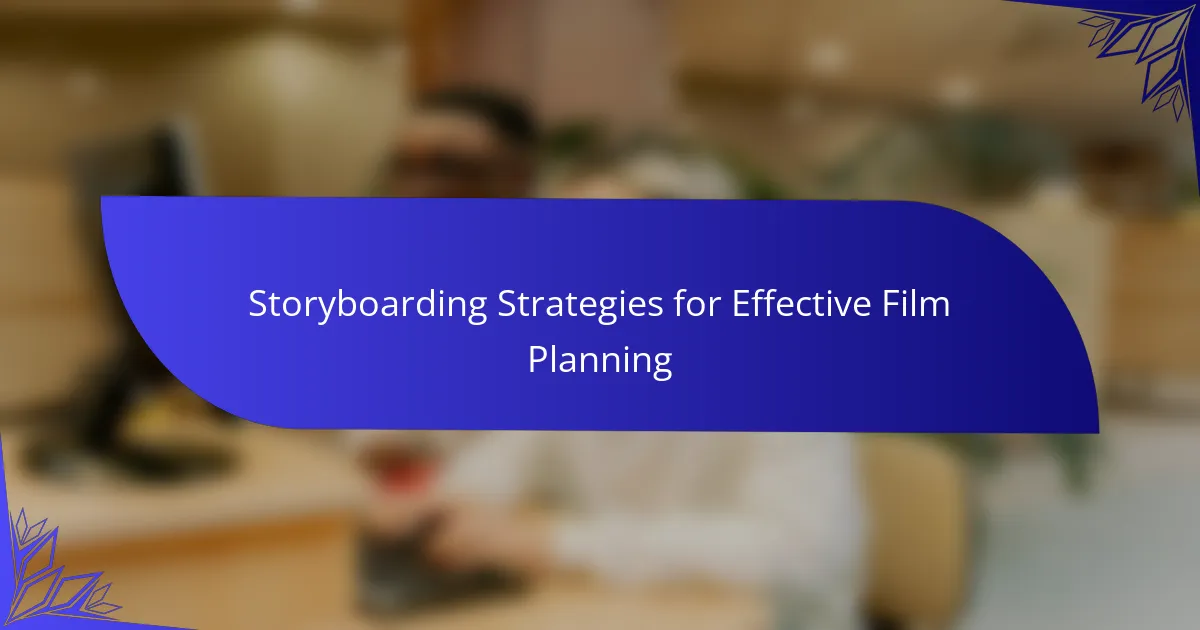
Storyboarding Strategies for Effective Film Planning
Storyboarding is a crucial strategy in film planning that involves creating visual representations of scenes to organize the narrative and visualize the sequence of events. Each storyboard frame captures a key moment or shot, aiding filmmakers in identifying pacing and transitions while enhancing communication among the production team. Techniques such as thumbnails, digital storyboarding software, […]
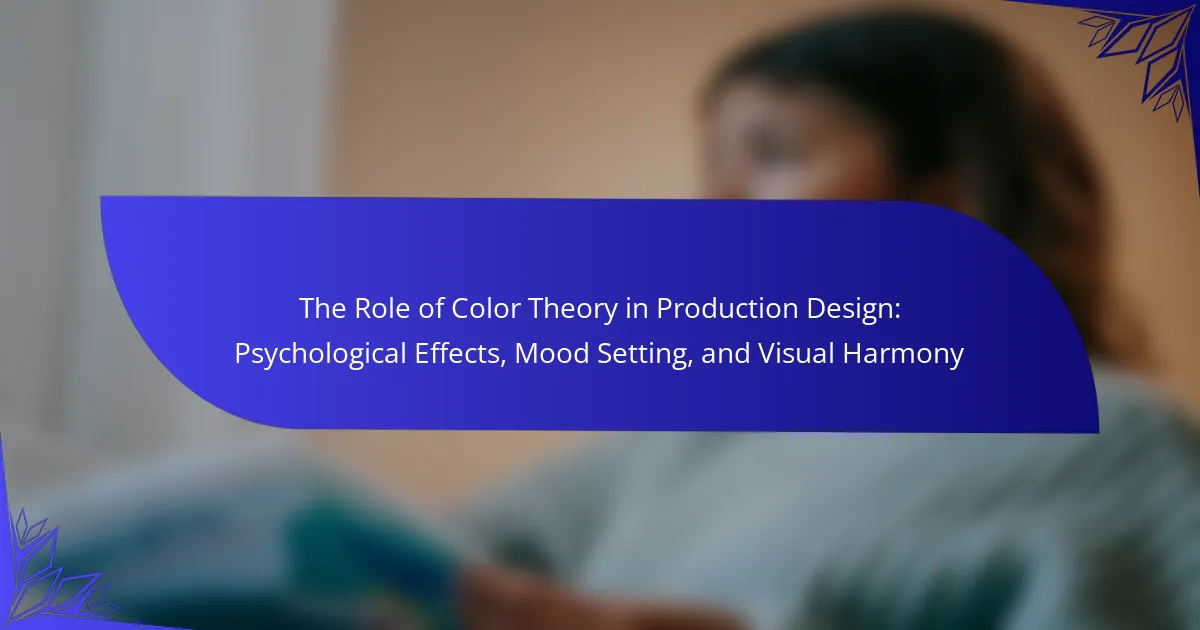
The Role of Color Theory in Production Design: Psychological Effects, Mood Setting, and Visual Harmony
Color theory is a fundamental concept in production design that influences visual storytelling by shaping mood and emotional responses. It highlights how different colors evoke specific feelings, such as calmness from blue and excitement from red. The strategic selection of color palettes enhances narrative elements and contributes to visual harmony within scenes. Research indicates that […]
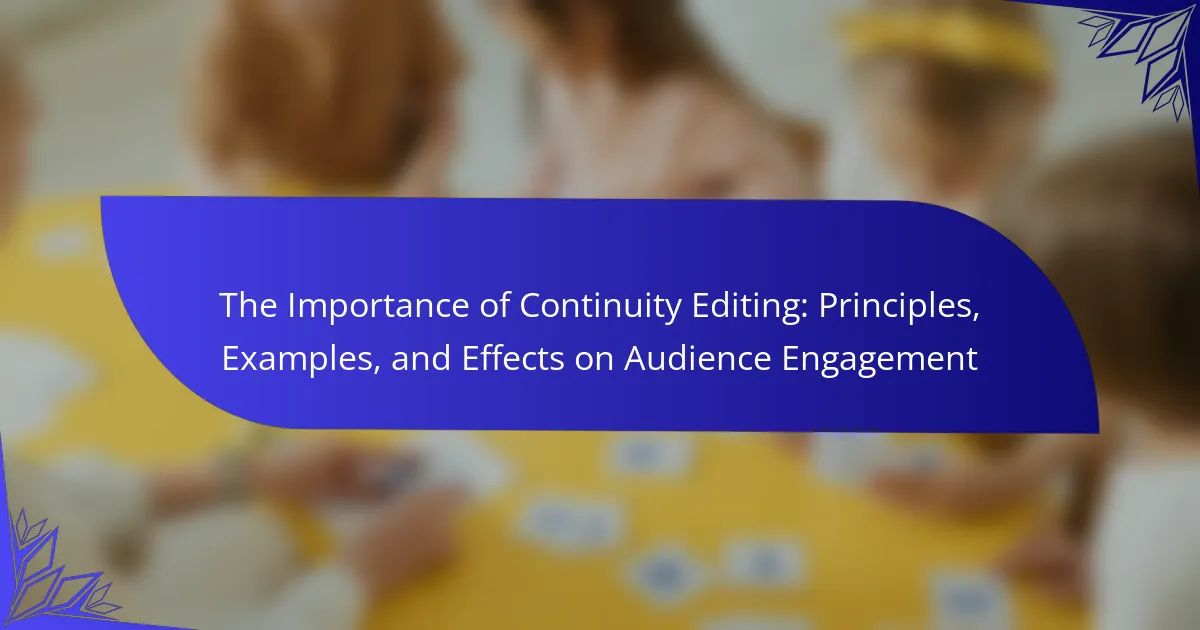
The Importance of Continuity Editing: Principles, Examples, and Effects on Audience Engagement
Continuity editing is a vital filmmaking technique that ensures a seamless flow of action and narrative, maintaining spatial and temporal consistency. This article explores the principles of continuity editing, highlighting its role in enhancing audience engagement and understanding. It discusses various methods, such as match cuts and shot-reverse-shot, and presents notable examples from films like […]
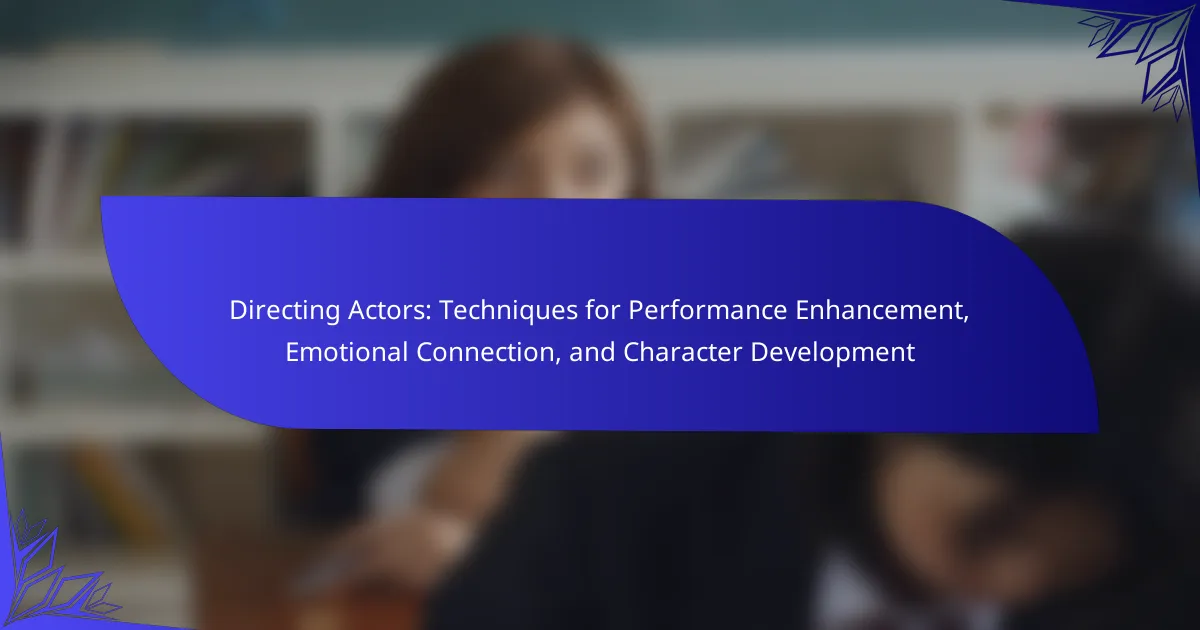
Directing Actors: Techniques for Performance Enhancement, Emotional Connection, and Character Development
The article focuses on essential techniques for directing actors, emphasizing clear communication, trust-building, and constructive feedback as foundational elements for enhancing performances. It highlights the significance of these methods in helping actors understand their roles and connect emotionally with their characters. Techniques such as improvisation exercises and emotional recall are discussed as effective tools for […]
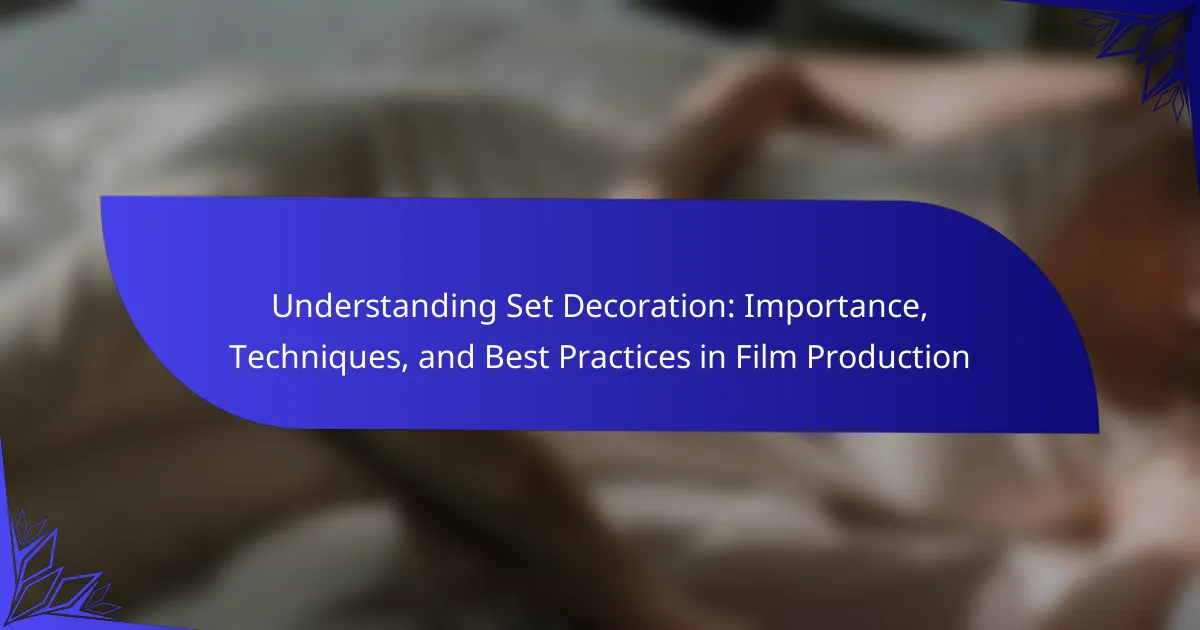
Understanding Set Decoration: Importance, Techniques, and Best Practices in Film Production
Set decoration in film production is the process of designing and arranging the physical environment of a scene, involving the selection of furniture, props, and decorations that enhance visual storytelling. This article explores the significance of set decoration, detailing techniques such as color theory, spatial arrangement, and thematic consistency that contribute to creating immersive and […]
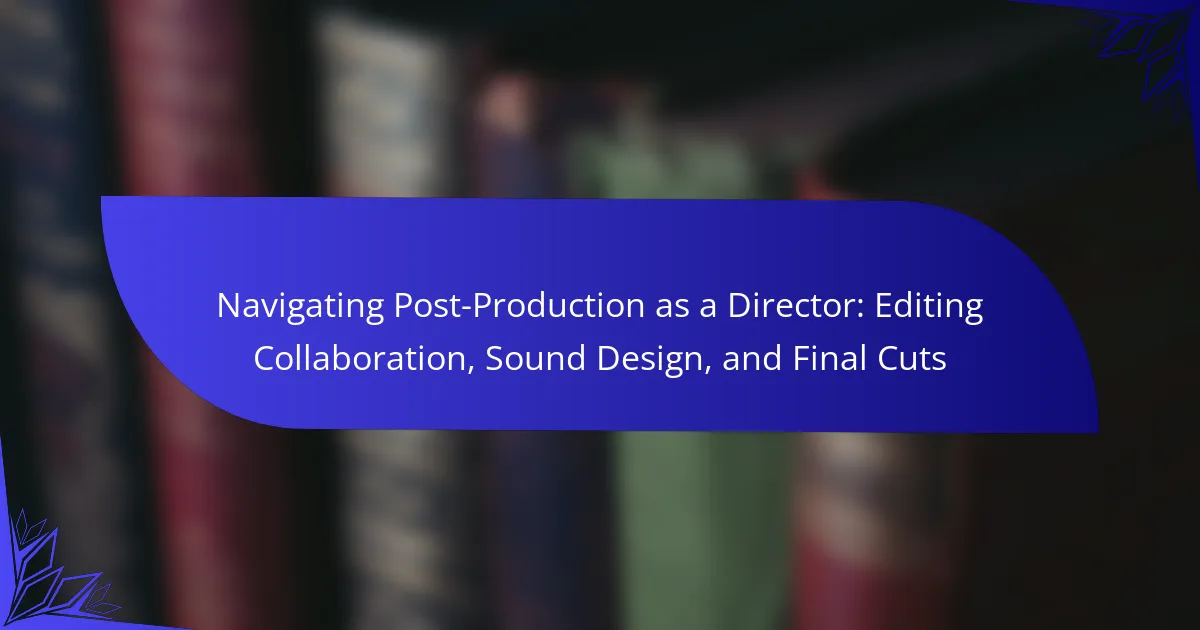
Navigating Post-Production as a Director: Editing Collaboration, Sound Design, and Final Cuts
Navigating post-production as a director involves critical oversight of the editing process, sound design, and final cut decisions. Directors collaborate with editors to shape the film’s narrative, ensuring effective communication to realize their vision. This article outlines strategies for successful editing collaboration, emphasizing clear articulation of objectives and the importance of regular check-ins. Additionally, best […]

Effective Communication for Directors: Verbal Techniques, Nonverbal Cues, and Team Dynamics
Effective communication is crucial for directors, encompassing both verbal techniques and nonverbal cues, as well as the dynamics within teams. This article explores the importance of clear and persuasive communication in leadership, highlighting how directors can articulate their vision, actively listen to feedback, and foster collaboration. It emphasizes the role of team dynamics in enhancing […]
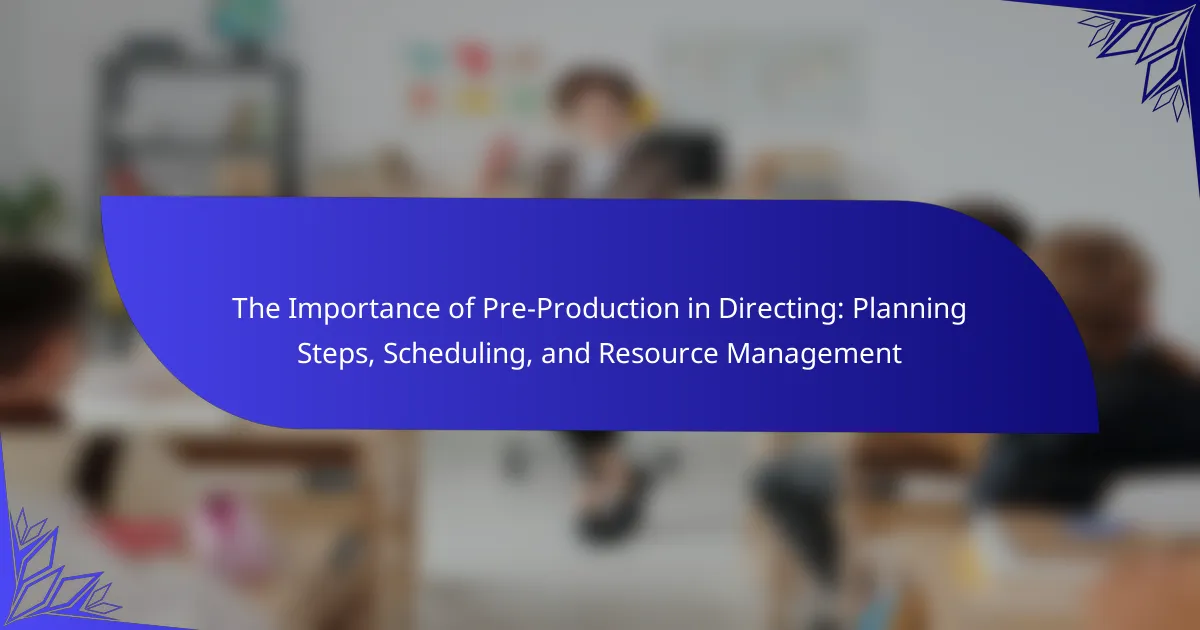
The Importance of Pre-Production in Directing: Planning Steps, Scheduling, and Resource Management
Pre-production is a critical phase in film directing that lays the groundwork for a successful production. This stage encompasses essential activities such as planning, scheduling, and resource management, which help directors articulate their vision and coordinate with the crew. Key elements include detailed storyboarding, script analysis, budgeting, and location scouting, all aimed at minimizing risks […]
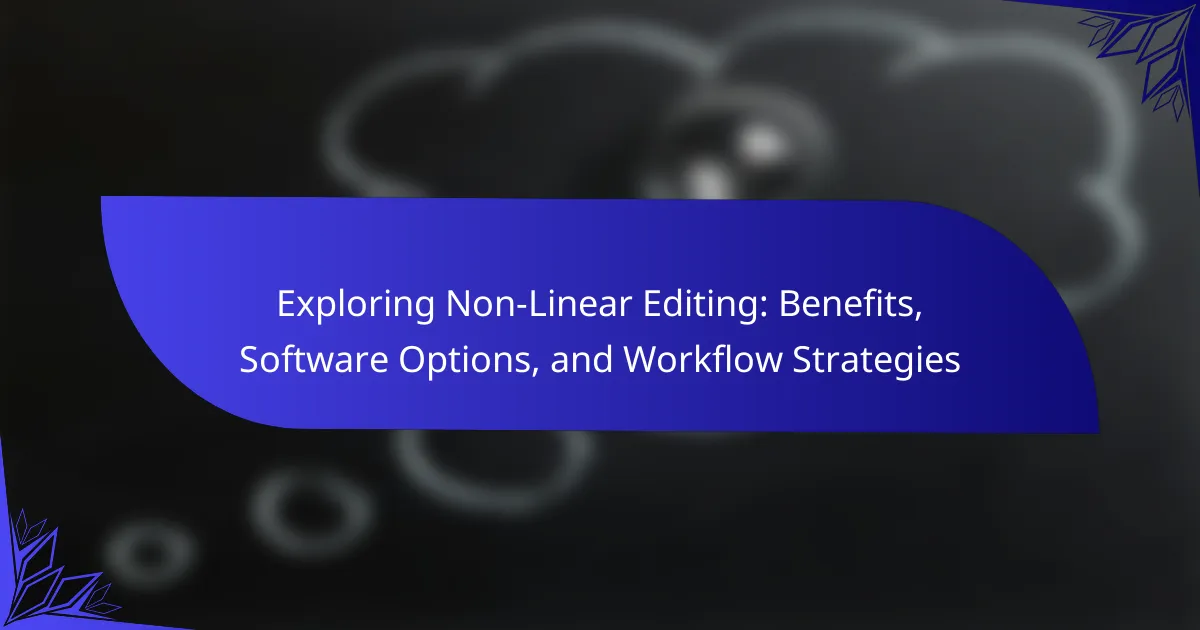
Exploring Non-Linear Editing: Benefits, Software Options, and Workflow Strategies
Non-linear editing (NLE) is a video and audio editing method that allows editors to access any frame in a digital file without following a specific sequence. This article explores the benefits of NLE, highlighting its flexibility and efficiency compared to linear editing. It reviews popular NLE software options, including Adobe Premiere Pro, Final Cut Pro, […]
